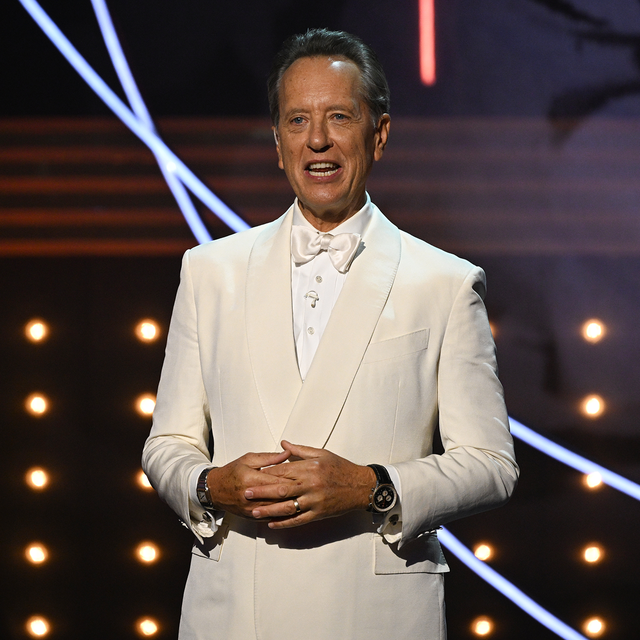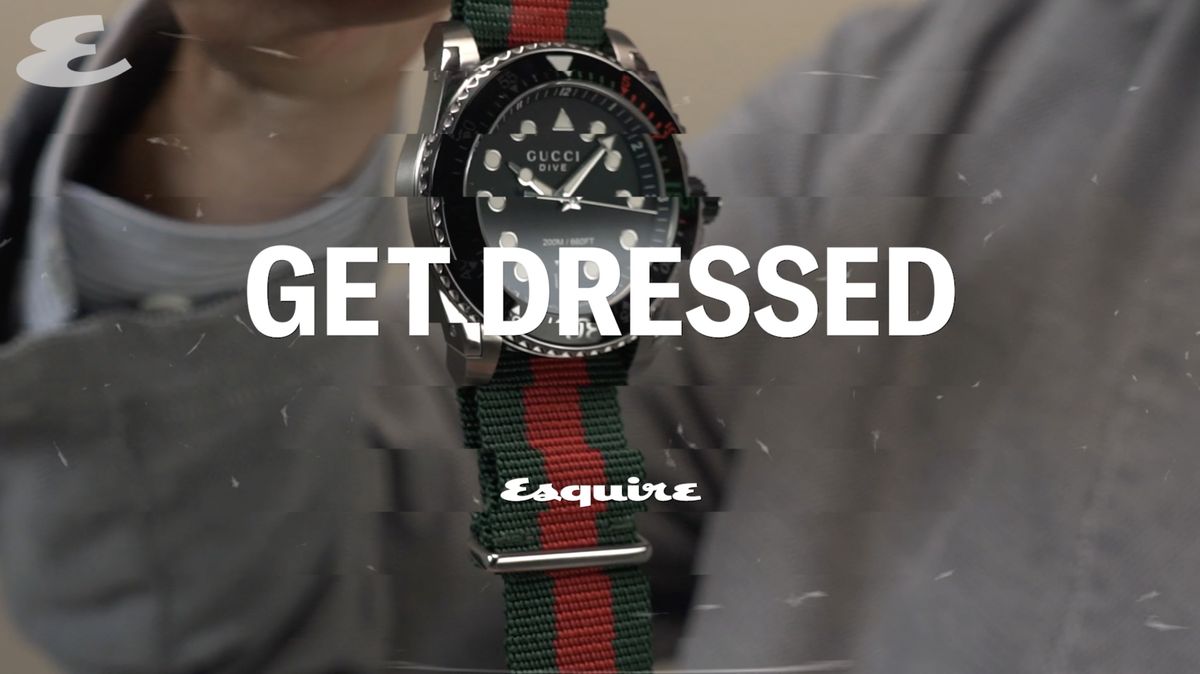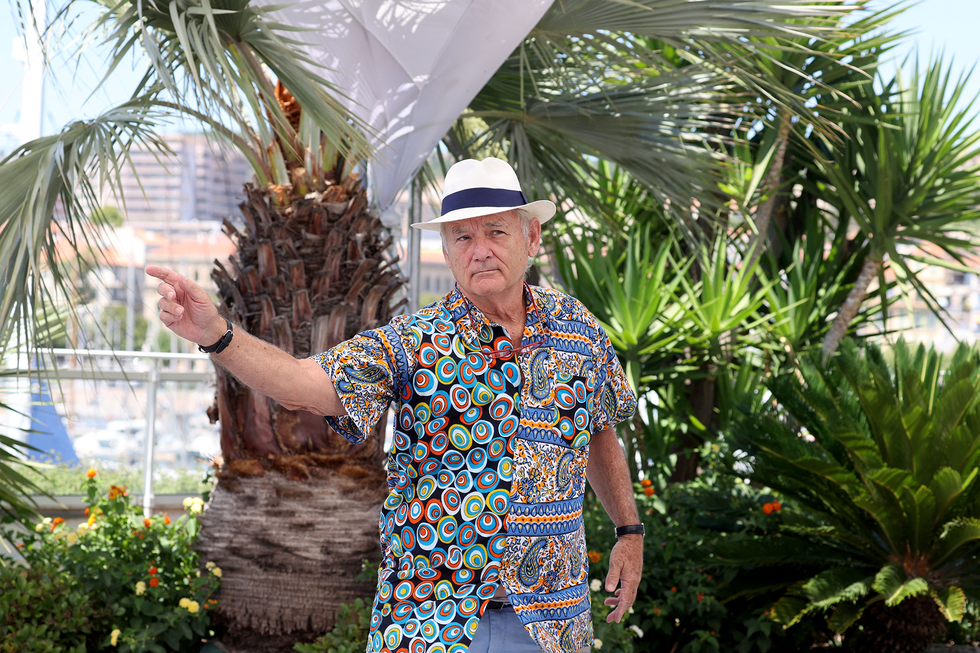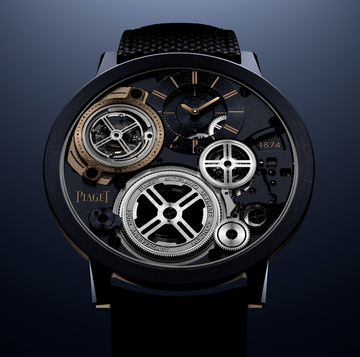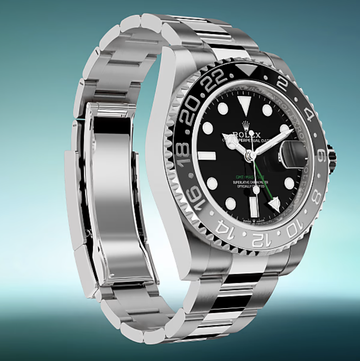As Richard E Grant glided onto the Baftas stage last Sunday, viewers not distracted by his cape might have spotted something unusual peeking out from beneath his cuffs: watches. A pair of them. On the right, a Cartier Santos, and on the left, a Breitling Navitimer. Look closer and you'd have noticed something even stranger: the Santos was set two hours forward.
Grant was born in what was then Swaziland, now Eswatini, and remains a citizen. He was given a watch by his father, on his deathbed. To memorialise him, Grant still always wears one watch set to Mbabane time.
He's not the first to track two time zones on two wrists. General Stormin' Norman Schwarzkopf stunted his way through the first Gulf War with a Seiko on one and a Rolex Oyster Perpetual Day-Date on the other, to keep tabs on DC time. Fidel Castro did the same in double Rollies for a diplomatic trip to Russia – one for Havana time, the other for Moscow. Ever the overachiever, one watch was a GMT-Master, with a fourth hand designed to be set to an extra timezone, so he could also know the time in Washington (today, it's the same as Havana, but in the 60s they were an hour apart).
"I saw Richard E Grant and thought it was a very beautiful story," says George Bamford, founder of Bamford Watch Department and unashamed double-wrister. He, too, opts for two mechanical watches, and does so for a specific reason. "I quite often will have a new prototype on one wrist and the regular on the other. Because I want to see how the watch feels on my wrist, although I do keep it under the cuff."
Modern double-wristing, however, tends to be a wedding of form to new functions. Take Prince William, who's worn an Omega Seamaster 300m since receiving it as a present from Diana when he was at Eton (mum, too, was an iconic double-wrister) but has recently started pairing it with a Garmin Forerunner 245. And this is double-wristing's boom territory – the wrists of quantified-selfers who still appreciate all those features an Apple Watch lacks.
Since the Quartz Crisis, when cheap and accurate East Asian watches decimated the mechanical watchmaking business, the luxury side of the industry has worked to convince us that watches are about more than timekeeping; they're heirlooms, or works of art, or status symbols, or any of the endless other things that something handmade at the foot of the Jura Mountains says to you and other people.
An Apple Watch, by contrast – or a Garmin or a Polar or a Withings – says many things, but only to you: this is your heart rate, these are your emails, please leave now or you'll be late for the dentist. This stuff isn't unimportant. It can even save your life. But they rarely get your pulse racing (as you can tell, right there on the face).
We're now seven years into watchmaking's 'post- Apple' era. Though the iWatch, as it was then rumoured to be called, was supposed to herald a Quartz Crisis mk2 – why buy a chronometer when you could get a watch that told not just more accurate time but also everything from your heart rate to train times? – Geneva endures. In fact, from Rolex to Ressence, watch brands have struggled to meet demand in the aftermath of Covid, horology's other supposed horseman of the apocalypse, which actually ignited a splurge in 'revenge buying' that sent new and second-hand prices soaring.
And yet, even as people buy more – and more expensive – mechanical watches, they're voracious for smartwatches, too. Last year, the market was valued at $30bn. Over the next five, it's forecast to nearly treble (the luxury watch market is bigger today, at just shy of $50bn, but they'll flip soon).
How can two things supposedly in opposition – the luxury watch and the luxury watch-killer – thrive together? Perhaps, like Bennet and Darcy, these apparent enemies are more compatible than everyone first thought. And maybe, just like Bennet and Darcy, they're meant to be (worn) together. Indeed, peer around first class cabins or Square Mile restaurants, or any of the places luxury watches congregate, and increasingly you'll spot a flash of precious metal on one wrist, a band of rubber on the other.
Tempted? There are some things to bear in mind. First, it helps if your 'proper' watch has a story, like Grant's and Prince William's. Second, nothing too flash. "It becomes so obvious that you're trying to flex your luxury watch," says Brynn Wallner, founder of female-focused watch magazine Dimepiece (who, either way, is firmly in the one-at-a-time camp). Alternatively, you can avoid losing face by, well, losing the face entirely. The Whoop is a health and fitness tracker you wear either on a band or tucked into workout gear, which does all the counting but lets your phone display the information. Just don't let anyone catch you checking the time on there, too.
